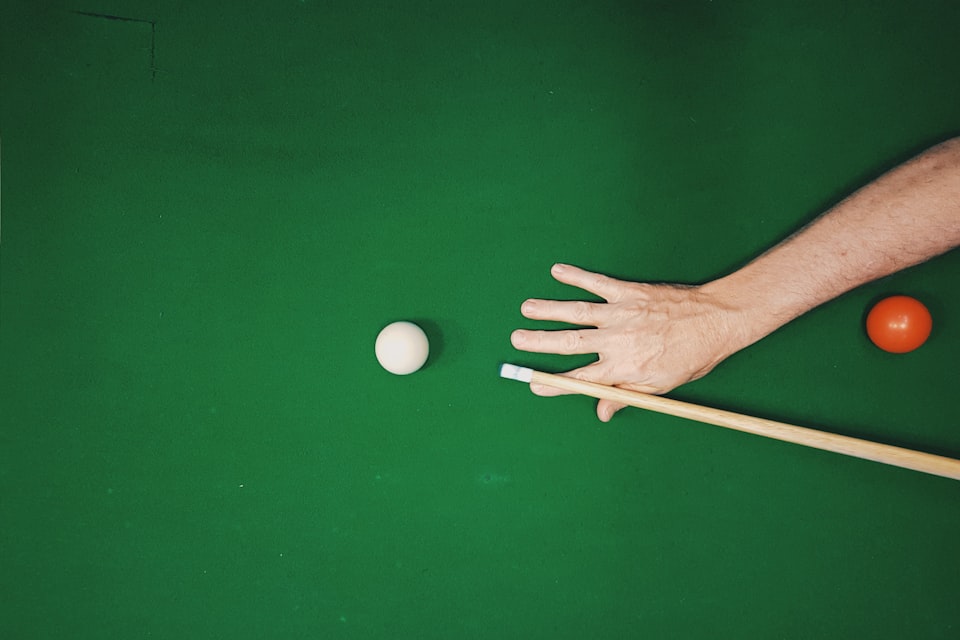Types of explanation

Science deals in explanations. I know this statement makes some philosophers of science uneasy. Science cannot generate complete certainty about explanations, but can only generate models of the world that can predict future measurements. So the product of science is predictions, not explanations, right?
It doesn't sit well with me, because there are lot of fields in which scientists just don't talk about their work in this way. They are not just interested in predictions, but also care about the why behind these predictions. They want understanding and appreciate theories that are not just predictive, but that also make sense.
And who can blame them? The shut up and calculate attitude from quantum physics is no fun at all. When people reason, they want to give explanations, they want to prompt a shared imagination of how the world works. They don't want to say 'this bridge won't hold', but rather tell how the bridge will fail. This opens their reasoning to critical thinking — the pursuit of careful reasoning — as this type of thinking often works by working through all relevant explanations: Why do you believe that? Could there be another explanation? How is your idea supposed to work?
All explanations that we use share basic features. All of them could be answers to the question why and all of them could start with the word because. In the end, all of them help us to see causes or to better predict future outcomes — they elucidate the mechanisms through which things happen.
However, there are different types of explanations and when reasoning, we might be biased towards one particular way of explaining events. This is especially true if we are trained in a narrow field, as different disciplines emphasize different types of explanations.
So which types are there? In this post, I want to illustrate four important types of explanation, by using them for a single phenomenon.
The causal explanation
One answer would be that as the ball hits the wall, it meets an opposing force and starts to compress, then decompresses again and bounces back. This explanation goes through a chain of mechanically connected events that precede the thing we want to explain (the explanandum). It is sometimes called the etiological explanation, but here we will use the term causal explanation.
The tricky thing about causal explanations is that they require basic knowledge about how events are connected. In the above example, the concept “opposing force” refers to Newton’s third law of motion and if you are not familiar with classical mechanics, the explanation might make no sense. Similarly, those who are familiar with Newtonian physics might still be lost once the explanation is expanded with details about the physical chemistry of compression and decompression of wall and ball.
When using causal explanations, a reasoner therefore crafts an explanation that uses events and connections between events that make sense to him and to any fellow reasoners.
Th goal explanation
A goal explanation (more fancifully called a teleological explanation) focuses on the purpose of the thing that needs to be explained.
For example, one might claim that the ball bounces back in the direction of the kid so he can catch it. This explanation is not at odds with the causal explanation in the preceding section: it implies that the child initiated the chain of events from the causal explanation so that he could catch the ball. This particular goal can itself be nested in more goal explanations: he wanted to catch the bouncing ball because he was practicing different ways of catching, which he in turn did because he has an important match coming up, and so forth.
It is possible to reframe goal explanations as causal explanations. Let's say the child knows he has a match coming up and that he decided to practice. This is why he brought himself to throw and catch bouncing balls (partially through the causal chain mentioned earlier). It's then possible to draw a chain of events from his knowledge to his planning to the physical chain of events described previously.
We don't always talk in causal terms, because it gets tedious. It’s just easier to state that door knobs have the shape they have so that people can easily hold them, rather than conjuring a complex chain of industrial processes and considerations on the part of door knob designers. Reasoners who are engaged with the more complex causal explanation may also miss the forest for the trees and overlook goal explanations.
The constitutive explanation
Yet another answer to the original question would be that the ball bounced back because the wall is made of very rigid material and the ball is made of elastic material. This type of explanation focuses on the properties of elements that might be described in a causal explanation. It describes the building blocks (constituents) of such elements and is therefore known as a constitutive explanation.
Turning a constitutive explanation into a causal explanation is not trivial, but it can be done by thinking of the problem in terms of levels. At one level, the ball is bouncing against the wall due to the properties of both ball and wall, but at a lower level, processes are going on that constitute the elasticity and rigidity of the ball and wall. These lower-level processes can be described as causal chains with wholly different elements (e.g. molecules interacting and changing shape and position in response to an applied force), which ultimately form properties at the higher-level description.
For pragmatic reasoners, such nested causal explanations are not always relevant. Just stating that a ball is more elastic than a wall is probably an acceptable explanation in practice. Yet scientific curiosity – and sometimes the desire to intervene in causal chains – can make it valuable to break down a constitutive explanation into multi-level causal explanations.
The contextual explanation
Imagine someone would explain that the ball bounced back from the wall to the child, because there was no dog to jump at the ball as it was thrown and because there was no strong wind blowing it sideways.
These explanations sound like dumb jokes, because one could think of countless trivial reasons why nothing intervened with the bouncing process. Yet they illustrate an important point, which is that if we explain some event, we tend to constrain our reasoning by assuming ‘normal circumstances’. Yet it might be that our explanation is not valid under different circumstances. This is why it is useful to think about how context made a specific event possible – the contextual explanation.
Turning a contextual explanation into a causal explanation is usually easy. The main value of thinking about contextual explanations is that they open your mind to factors you may not have considered while thinking about the other types of explanations.
Using different explanation types
If you are trying to explain a phenomenon, it's good to consider all four types of explanation separately. If you manage to cover all of them, you have a detailed description of why the phenomenon occurs. If you are also drawing up a causal map, it makes sense to turn each explanation into a causal explanation and then add it to the map. To retain the overview, you can consider adding multiple levels to your map if you find you have (many) constitutive explanations.
In the next post on causal maps, we will be going through this process in a step-by-step fashion.

Further reading
Craver, C. F., & Darden, L. (2013). In search of mechanisms: Discoveries across the life sciences. University of Chicago Press.
Salmon, W. C. (1984). Scientific explanation and the causal structure of the world. Princeton University Press.

Member discussion